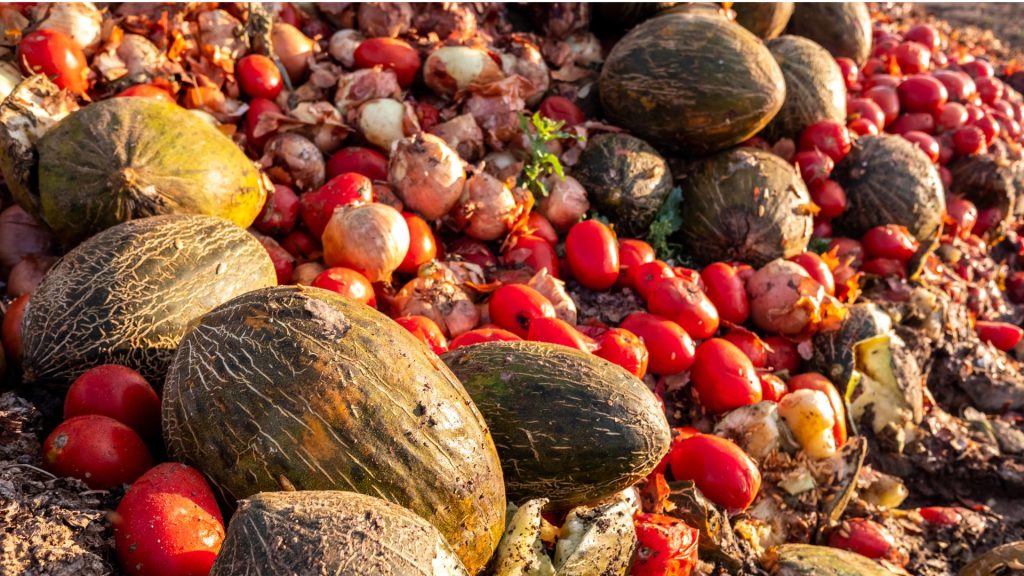Food Waste Reduction and Data Analysis: A Recipe for Sustainability

This post is also available in:
This post is also available in:
![]() Español (Spanish)
Español (Spanish)
Food waste is a global crisis that demands our immediate attention. With approximately one-third of all food produced for human consumption going to waste, it’s a moral concern and an environmental and economic issue. Fortunately, data analysis is emerging as a powerful tool for food waste reduction. By harnessing the power of data, we can identify and address the root causes of food waste throughout the supply chain, from farm to fork.
The Global Food Waste Problem
To comprehend the magnitude of the food waste problem, consider this alarming statistic: 1.3 billion tons of food, equivalent to 795 kilograms per person per year, are wasted annually. This wastage has dire consequences, contributing to climate change through methane emissions, polluting water resources, and squandering precious land, water, and energy. Moreover, it imposes an estimated $1 trillion annual burden on the global economy.

Data Analysis: The Key Ingredient for Change
In the quest to combat food waste, data analysis plays a pivotal role. Here’s how various stakeholders can leverage data for food waste reduction:
Businesses: Data analysis can be a game-changer for companies operating in the food industry. It enables them to trace food waste across their supply chains, from production and processing to distribution and retail. With this information, businesses can identify bottlenecks and inefficiencies, leading to more informed production and inventory management decisions. For instance, a supermarket can use data analysis to pinpoint which products will most likely be wasted and adjust their stocking practices accordingly.
Governments: Governments can use data analysis to shape policies and programs to curb food waste. By analyzing data, they can identify which food products are most frequently wasted at the consumer level and develop public education campaigns to encourage responsible consumption. Furthermore, governments can track progress on food waste reduction through data analytics, allowing for targeted interventions where needed.
Consumers: Data analysis isn’t limited to businesses and governments; consumers can also use it for food waste reduction. Smartphone apps designed for this purpose can track food spending and waste. With this information, individuals can make more mindful decisions about their food consumption, such as buying fewer groceries and planning meals more efficiently.
Conclusion
Data analysis is a potent tool that holds the potential to make significant strides in reducing food waste across all levels of the food system. By collecting, analyzing, and acting upon data related to food waste, businesses, governments, and consumers can pinpoint the sources of waste and develop targeted strategies to minimize it. In addition to the environmental and economic benefits, reducing food waste enhances food security, ensuring more people have access to the sustenance they require. As we move forward, let’s embrace data analysis as a critical ingredient in our recipe for a more sustainable and equitable food future.









































































